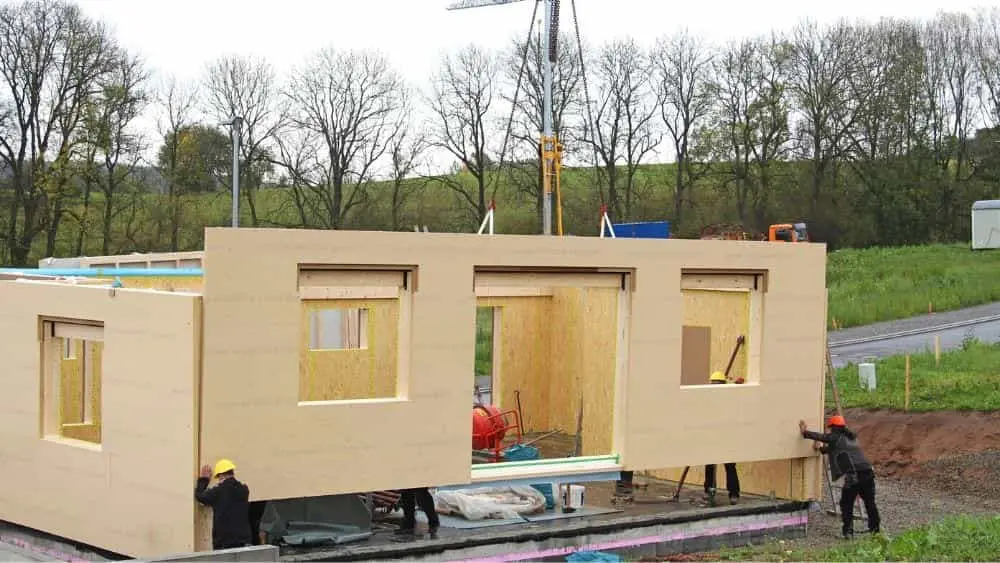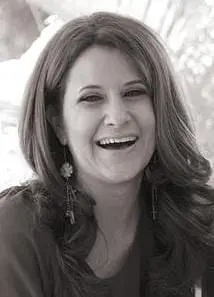
There was a time when the term prefab conjured images of generic, nondescript homes made assembly line-style — the Sears Roebuck & Co. “kit” houses of the 1900s, for example.
It was as if the homes had no soul. Not so anymore.
The prefab industry has changed dramatically over the past decade, with more architects and builders entering the market and, in some cases, even allowing homeowners to help design their own homes.
With their input and a focus on more modernist and sustainable designs, the industry has changed the way we think of prefab homes. These architect-designed modern dwellings are great options for potential homebuyers who are intimidated by the process of buying or building a home, especially first-time homebuyers who may be able to score more bang for their buck with prefab.
The Highs and Lows of Prefab
In general, prefab homes tend to be less expensive than custom or even existing homes because most of the home is built in a factory setting, which limits typical construction delays such as bad weather. They also require less labor to assemble on site, providing additional savings to the homeowner. Some prefab homes can actually be installed in less than a week and many are eco-friendly, as the pivot toward more modernist styles of prefab design coincides with the trend toward more sustainable building. In short, prefab can reduce waste and shorten construction times, while also reducing the amount of time a buyer would have to carry a construction loan.
Today, quite a few companies are dedicated to building these energy-efficient, thoughtfully designed homes at a lower-than-average price point, making them a great option for first-time homebuyers.
“Our prefab homes are a good option for first-time homebuyers due to their customizability, quality construction, low maintenance and affordable cost,” says Mike Duncan, VP of Marketing at Clayton Homes. “Prefab homes are just like manufactured homes; they’re built to a rigid series of standards and certifications, often utilizing the same construction methods that site-built contractors use.”
In an effort to streamline the process, prefab homes don’t usually offer homeowners a plethora of design choices, though there is certainly some level of customization. For a first-time homebuyer who is dipping their toe into this world for the first time, this can be a huge plus, making the process overall a lot less overwhelming.
The homeowner is on the hook as far as securing building permits, electrical and water supplies, sewage or septic hookups and ensuring there is a secure foundation when the prefab home is finally shipped to the main site, but that’s typical of most custom-built homes.
The difference is that rather than having a contractor or lead architect secure everything, the homeowner would have to get involved or hire someone local to lead the charge. Even taking this into consideration, the net cost of prefab homes can be comparable to what most first-time homebuyers spend.
Rising Popularity
While the prefab market may still be relatively small, it’s dynamic and poised to expand as the myths surrounding traditional modular housing dissipates. In 2005, Hurricane Katrina left many houses in ruins, prompting designer Marianne Cusato to design what’s now known simply as the Katrina Cottages, a series of homes that merged modern design with traditional forms that seemed more at home in a historic city such as New Orleans. The homes became so popular that Lowe’s carried the plans for them for a while.
Shortly thereafter, New York’s Museum of Modern Art unveiled “Home Delivery: Fabricating the Modern Dwelling,” an exhibition dedicated to the history of prefab homes, allowing visitors to step inside replicas of several life-sized prefab homes.
Today’s prefab options are increasing, with most hovering well under $300,000 at project completion, though that depends on several factors. LivingHomes’ CK series, for example, includes two-bedroom, one-bath dwellings at 950 sq. ft. as well as three-bedroom, two-bath options at 1,288 square feet with price tags between $139,000 and $323,000, according to Steve Glenn, CEO of LivingHomes.
Bottom Line
For first-time homebuyers, a prefab home provides a modern look and feel, a fresh start and just enough customization for an affordable price, making it an increasingly attractive solution. With so many architects and builders dipping their toe into the sustainable, modular home market, the options continue to increase, giving first-timers more options than they’ve ever had before.

Ana Connery is former content director of Parenting, Babytalk, Pregnancy Planner and Conceive magazines as well as parenting.com.
While editor in chief of Florida Travel & Life magazine from 2006-2009, she covered the state’s real estate and home design market as well as travel destinations.
She’s held senior editorial positions at some of the country’s most celebrated magazines, including Latina, Fitness and Cooking Light, where she oversaw the brand’s “FitHouse” show home.
Ana’s expertise is frequently sought after for appearances on “The Today Show,” “Good Morning America” and CNN. She has interviewed the country’s top experts in a variety of fields, including U.S. Secretary of Education Arne Duncan and First Lady Michelle Obama.
 Postmodern Design: What is it and Why is it Popular?
Postmodern Design: What is it and Why is it Popular?